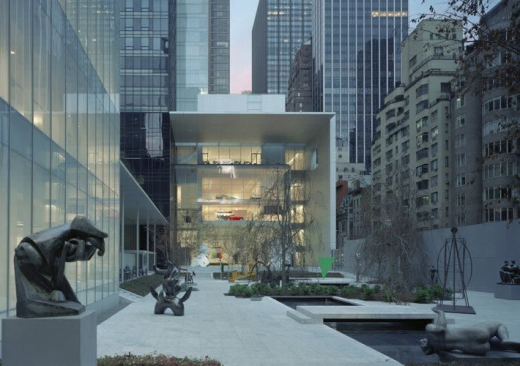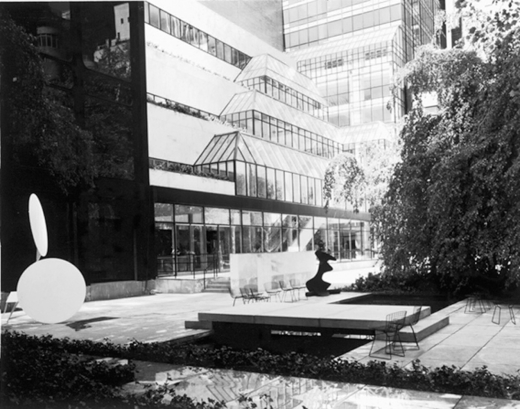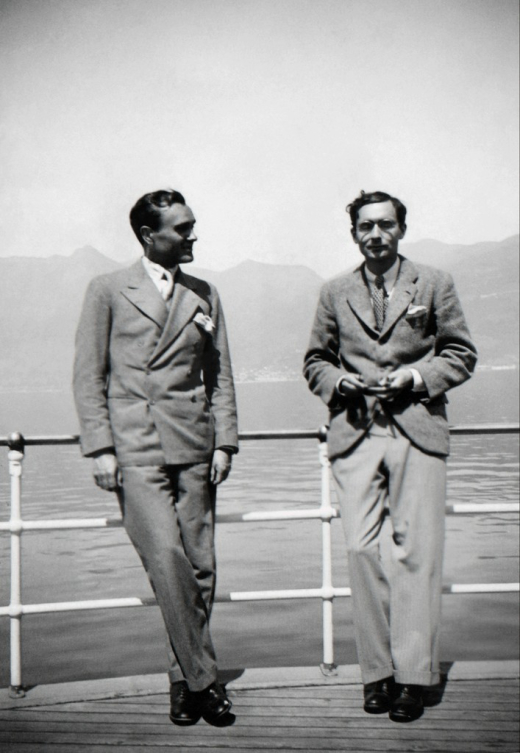The latest "new MoMA" is here. It's not the first time the museum has sought to expand and redesign its 1939 International-style building by Philip Goodwin and Edward Durell Stone (that building itself was an expansion of sorts - MoMA relocated there from the Rockefeller townhouse). In the 1950s and 60s, Philip Johnson was commissioned for a number of expansions. Working with landscape architect James Fanning, this first expansion phase resulted in one of the museum's most popular and revered spaces, the Abby Aldrich Rockefeller Sculpture Garden.
The new(est) MoMA is here
Author
Michele Racioppi
Affiliation
Docomomo US staff
Tags
In 1984, Cesar Pelli Associates completed an expansion (which was also dubbed "The New MoMA") that doubled the interior gallery size and added a residential tower (a separate entity from the museum) that some criticized for casting a shadow over the sculpture garden. In the late 90's MoMA again needed more space, and purchased two adjacent properties and hired Yoshio Taniguchi to complete the alteratations, which explanded the footprint of the building and restored the original 1939 facade and the Sculpture Garden, resulting in the site we have known for the past 15 years. If you need help keeping track, this 2004 article has a handy graphic of the various building sections.
Now, Diller Scofidio & Renfro and Gensler have completed an at-times-controversial $400 million renovation, which included the demolition of the 13-year-old Folk Art Museum by Tod Williams Billie Tsien Architects. Although the Folk Art Museum could not be saved, some elements of the original plan were adapted after public feedback.
MoMA is important to the history of Modernism for more than just its building, of course. Alfred Barr, the museum's first director, appointed Philip Johnson as the first curator of the architecture and design galleries. Its early exhibitions helped introduce Americans to the concept of modern architecture and design. That is why, when it was announced in 2016 that the expansion plans did not include dedicated space for these galleries, it raised some eyebrows, prompting current chief curator Martino Stierli to reassure everyone the galleries would still exist, but in a more integrated way with the rest of the collection.
We've rounded up some of the latest takes on MoMA's new(est) iteration. See what the critics have to say, then go see it for yourself! Or, take a guided tour with the Society of Architectural Historians, led by Martino Stierli and Sean Anderson.
Writing for Curbed, Alexandra Lange gives four different itineraries, with a wise warning for visitors to pace themselves.
Architectural Record focuses, naturally, on the the architecture and design galleries.
The New York Times has all of the reviews.
The Architect's Newspaper has more details on the renovation, with input from Charles Renfro of DS+R.
Architectural Digest talks to Jean Savitsky, MoMA's first-ever director of real estate expansion, who coordinated the new expansion.



